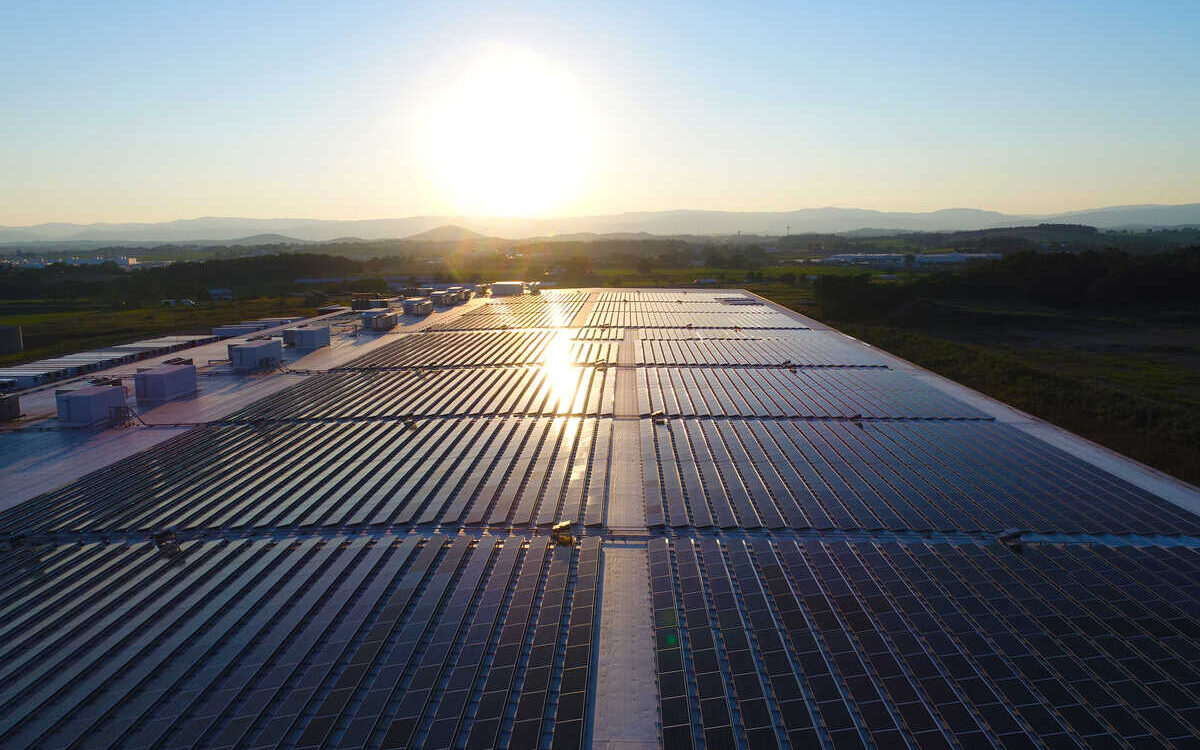Jun 22, 2023
Long Summer Days Are Great for Solar. Summer Heat, Not So Much.

It is officially summer! While we love this time of more sunshine and warmer temperatures, solar panels feel a little differently.
Photovoltaic modules love the long summer days with lots of sun. More sunshine means more photons hitting solar panels and turning into solar power. But as much as solar panels love more sun, they’re less crazy about more heat. Why?
Surprisingly to many people, solar panels can actually produce slightly less energy in hot summer weather compared to cooler temperatures. There are a few reasons for this phenomenon:
- Temperature Coefficient: Solar panels have a temperature coefficient, which indicates how their electrical output is affected by temperature changes. Most solar panels experience a decrease in efficiency as temperatures rise. Manufacturers typically calculate that for every degree Celsius over 25 (which is 77 degrees Fahrenheit), solar panels lose less than one percent of efficiency. That might not sound like a lot, but when you add up a few half percentage points here and there, it can make a big difference if the air temperature heats up into the 90s or 100s.
- Increased Resistive Losses: As solar panels heat up, the resistance within the electrical components of the panels also increases. This leads to higher resistive losses, resulting in a decrease in overall electrical output. The resistive losses can be particularly significant in poorly ventilated or shaded areas, where the panels may heat up even more.
- Heat Dissipation: Solar panels operate more efficiently when they are cool because they can dissipate excess heat more effectively. In hot weather, the panels may not be able to dissipate heat as efficiently, which can cause them to operate at a higher temperature and reduce their overall energy production.
- Dust and Dirt Accumulation: Hot summer weather is often associated with dry conditions, which can lead to the accumulation of dust, dirt, and other debris on the surface of the solar panels. Even a thin layer of dirt can reduce the amount of sunlight reaching the solar cells, thereby reducing the energy output.
What can be done? First, not all solar panels are the same. High-quality equipment with a low temperature coefficient retains more of its productivity in hot weather. Secure Solar Futures uses Tier 1 PV modules from top-rated manufacturers to keep efficiency high in a variety of conditions.
Second, some maintenance may be required. If our customers get solar from us through a Power Purchase Agreement or other type of service agreement, we’re responsible for any cleaning or other care required to keep solar panels producing as efficiently as the weather will allow.
Finally, if the temperature is below 25 Celsius, then the temperature coefficient on most solar panels will actually be positive, allowing the panels to produce more power than on hotter days, as long as there’s enough sunshine. So, increased production during spring and fall days where temperatures are lower but days are still relatively long can make up for lower production on the hottest summer days.
By the way, speaking of solar panels and hot days, our company has developed a hands-on curriculum for high schools called Throwing Solar Shade where students perform original research in the fields of clean energy and climate change. One of their findings is that solar panels can cool down rooftops enough to make the buildings underneath cooler too.